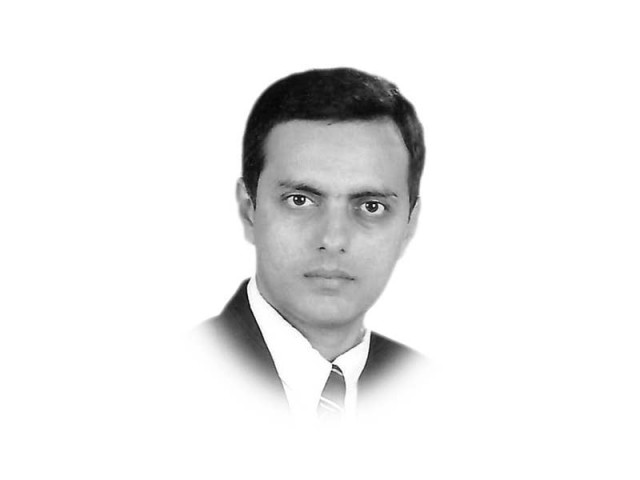Innovative building solutions
Karachi has turned from a metropolitan city into an oversized ghetto

The writer is a freelance journalist and tweets @moazzamhai
Karachi has turned from a metropolitan city into an oversized ghetto. Such haphazard and unchecked construction generates a plethora of civic problems that turn cities into unlivable spaces. It was thus no surprise that in 2016 Karachi was ranked by The Economist Intelligence Unit as the world’s sixth worst city to live in. The city retained its position in 2017 as well.
We need to de-horizontalise our cities for better urban living conditions and civic administrative control. We need to turn the ill-planned and highly congested low-income areas spread horizontally and haphazardly into well-planned and organised modern vertical localities.
Let’s say we establish a consortium of modern builders to work in partnership with the federal, provincial and city governments in order to de-horizontalise our cities. We select a three-acre area in Liaquatabad; shift the area residents to alternative residential arrangements for a specific period of time during which their area would be developed. Clear the selected area of all the construction. Three acres equal to 14,520 square yards. Out of this we dedicate 6,000 square yards for building three residential towers of 34 to 38 floors. Around four to five floors should be designated for parking vehicles. Allocate 1,000 square yards for a commercial centre of six to eight floors with at least two floors designated for vehicle parking. Use the remaining 7,520 acres for a family park, a playground and empty spacing. The residential towers, family park and playground should be surrounded by a boundary wall and manned by security guards under the management of the residents’ union. When the construction and development work is complete, we bring back the residents of the area and accommodate them in one of the towers against modest payments. The remaining two towers should be sold on market rates to other people.
We could then proceed to develop the next three acre block on the same pattern and keep progressing like this. Since we would be concentrating the population in de-horizontalised areas, we would eventually have large open spaces available to us as we progress. We may then designate a sole three acre area as energy block in every locality like the one in Liaquatabad. For every energy block we invite Waste to Energy (WtE) firms to establish two WtE plants of latest technology. One for producing energy by the daily accumulated area trash and one for generating energy from human waste daily produced in the area. For this purpose trash accumulation and transportation and proper sewage channelising infrastructure would have to be built.
With more open spaces available we would be able to designate exclusive education blocks for spacious and good quality educational institutes to be established. Likewise we would also be able to designate one or two blocks for building of mosques of two to three floors in a locality (depending upon the population size) with a commercial centre of five to eight floors of which three to four floors would be for vehicle parking and the rest for shops and offices.
With greater empty spaces we would be able to broaden our roads and run modern mass transport projects. All construction would have to be highly resistant to earthquakes and well-equipped to cope with natural and manmade calamities. Now just imagine the infinite benefits of this proposed de-horizontalisation of our cities. Mass scale business and employment opportunities would be generated. Tens of millions of people would be able to live a better, healthier and peaceful life.
Published in The Express Tribune, September 18th, 2017.
Like Opinion & Editorial on Facebook, follow @ETOpEd on Twitter to receive all updates on all our daily pieces.













COMMENTS
Comments are moderated and generally will be posted if they are on-topic and not abusive.
For more information, please see our Comments FAQ